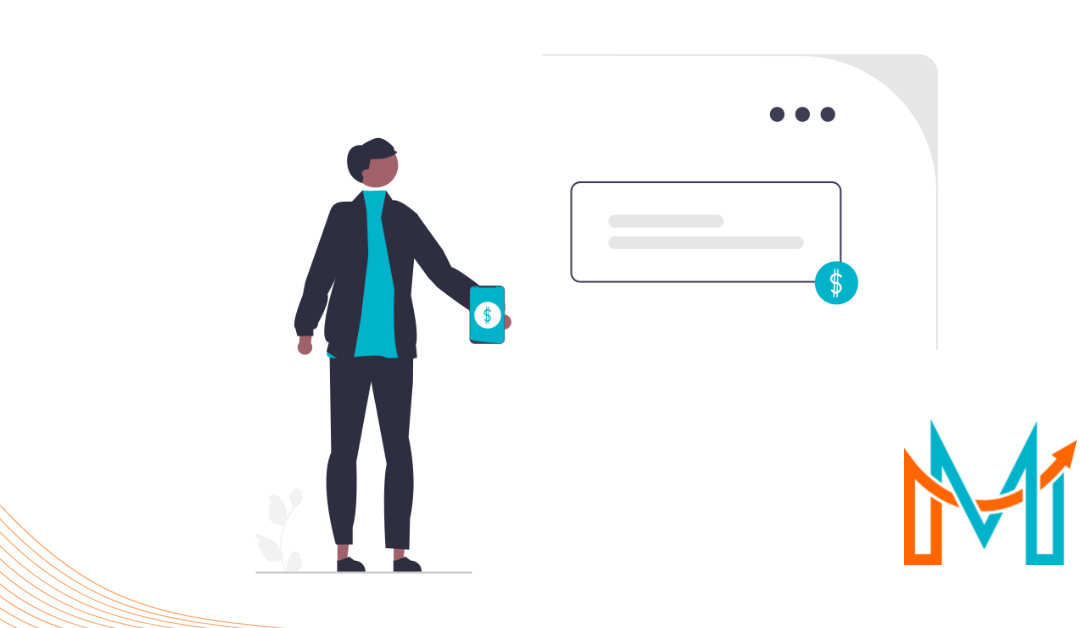What fees to expect this year?
As many people were getting ready for Christmas and New Year, sellers on Amazon needed also to prepare for new charges since Amazon announced the new VAT fees and FBA fees for 2022.
Online shopping was never more convenient than in the last two years; shopping from your own home is the best alternative to avoid the store crowds and stay safe. And this is great for customers. But for sellers it became a trend that the new year and after-holiday period will also result in fees increasing from year to year.
Let us explain about VAT (Value Added Tax) first. A value-added tax (VAT), known in some countries as a goods and services tax, is a type of tax that is assessed incrementally, and it is levied on the price of a product or service at each production, distribution, or sale stage to the end consumer.
Regarding many differences between VAT and US sales tax, two, in particular, should be considered that all non-EU-based sellers who consider selling in the EU should know about.
- VAT is payable upon import
- VAT is included in the sale price
VAT Fees Updates for 2022
The following announcement has been made on the Amazon Seller Central News on December 6, 2021:
Starting January 1st, 2022 Sellers joining the service will be charged a monthly fee starting at €33.30/month from the first month of filing (for one country, without fiscal representation) for VAT filings and fiscal representation.
VAT Services on Amazon is a VAT compliance solution that allows you to manage your European VAT registration and filing obligations via a third-party tax service provider in up to seven countries (United Kingdom, Germany, France, Italy, Spain, Poland, and the Czech Republic).
Sellers who sign up for these services will pay monthly fees right away, and according to Amazon UK announcement from August last year, sellers in the UK were supposed to pay fees six months after their registration for these services.
So, Amazon did it again! In a short period of time, they changed the rules and policies as they wanted.
2022 US FBA Fulfilment Fee Changes
Diving deeply into the fee changes, the new fees will take effect on January 18, 2022.
The details on the upcoming changes for the following fulfilment fees include:
- Core FBA fulfilment fees (excluding apparel)
- FBA fulfilment fees for apparel
- FBA fulfilment fees for dangerous goods
The current year’s fees compared to the new fees are higher. Of course, not a big surprise, since the same thing happened last year too when fees have been increased, and this trend will probably continue in following years. The greater unit or dimensional weight will be used to calculate the shipping weight for all large standard-size units, except apparel. As mentioned, the new prices will take effect from January 18th, 2022.
Core FBA fulfilment fee changes in short, are listed below:
Small standard size: Instead of $2.70 – $3.32, fees will be $2.92 – %3.59
- Large standard size: Instead of $3.32 – $5.68 + $0.30/lb above first 3 lbs, fees will be $3.54 – $6.13 + $0.30/ lb above first 3 lbs.
- Small oversize: The fees will increase for about 3.23 %
- Medium oversize: The fees will increase for 12% with higher charges per additional lb too
- Large oversize: The fees will increase for 7.85%
- Special oversize: The fees will increase for 9.29%
Amazon FBA fees for apparel storage will increase about 8 – 8.5% for small standard sizes and about 9% for large standard sizes.
FBA has different fees for all dangerous goods, also known as hazardous materials. New FBA fees for dangerous goods will increase from 6% for small standard sizes to 9% for special oversize items.
You can find a detailed overview of the new Amazon FBA Fees here.

Shipping Weight Updates
Amazon also announced changes in calculating weight that will impact the new fees that will take effect from January 18th. According to Amazon News:
Shipping weight is determined by the unit weight or dimensional weight, depending on the size tier and which is greater. Dimensional weight equals the unit volume (length x width x height) divided by 139. The dimensional weight for oversize items assumes a minimum width and height of 2 inches.
Starting January 18, 2022, for core FBA and dangerous goods, Amazon will use dimensional weight when it is greater than unit weight for all large standard-size units and all small oversize, medium oversize, and large oversize units. Small standard-size units will use unit weight. This change will also apply to units fulfilled through Multi-Channel Fulfillment and Small and Light.
What Else Do You Need to Know?
Amazon sellers should get ready for the new fees that Amazon will be charging starting January 18. The important thing is also to be aware that the new fees apply on all the items shipped from the Amazon fulfilment centers after January 18. Even if ordered products earlier than January 18, the new fees would apply even if shipped after this date.
To calculate the product size tier of your products, you can refer to the product size tier table Amazon.
New sellers will be facing the most crucial question. Is Amazon worth it? Statistics say that Amazon is one of the most growing businesses in the past few years, and year by year, it becomes a more powerful way to sell your goods worldwide. Although FBA is one of the most expensive options for sellers, we can’t neglect that your product is visible to millions of customers.
Conclusion
Increasing their fees, Amazon justifies opening 350 new fulfillment centers, sorting centers, regional air hubs, and delivery stations in the US and employing new personnel.
However, it is still a fact that sellers save about 30% using the Amazon FBA instead of doing the logistics themselves. It provides a superior delivery service experience both to the sellers and customers. Their logistics operators and its network can offer faster delivery on most products.
As the pandemic hit, they stated that they kept low fees while expanding their network and fulfillment centers, and the company announced that they would raise their fees due to higher operating costs.

